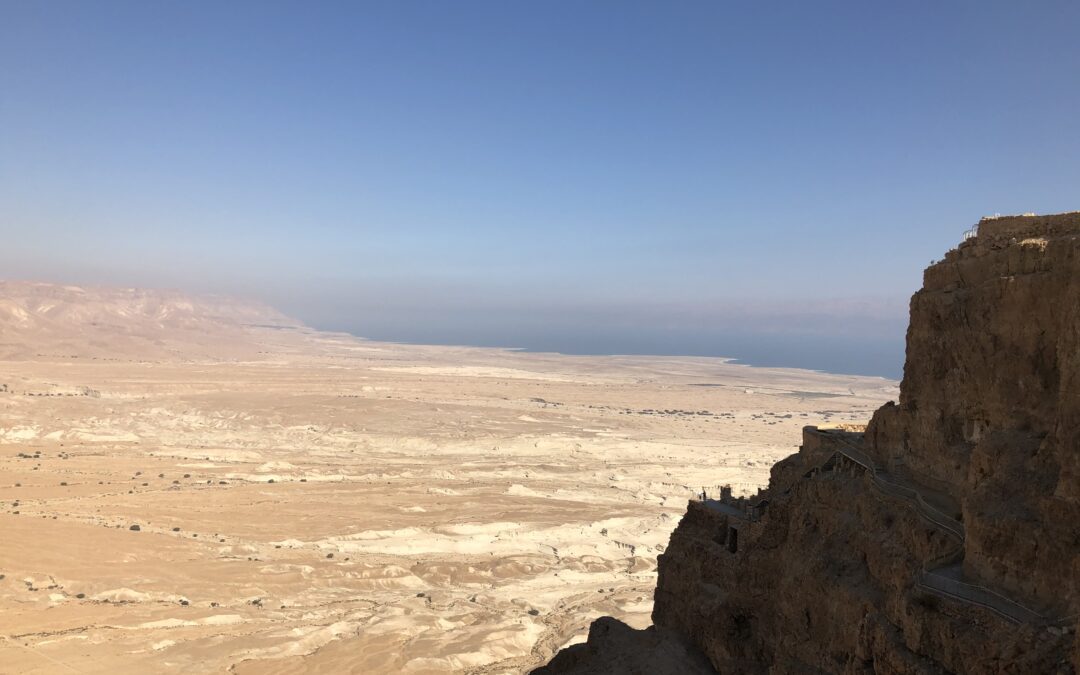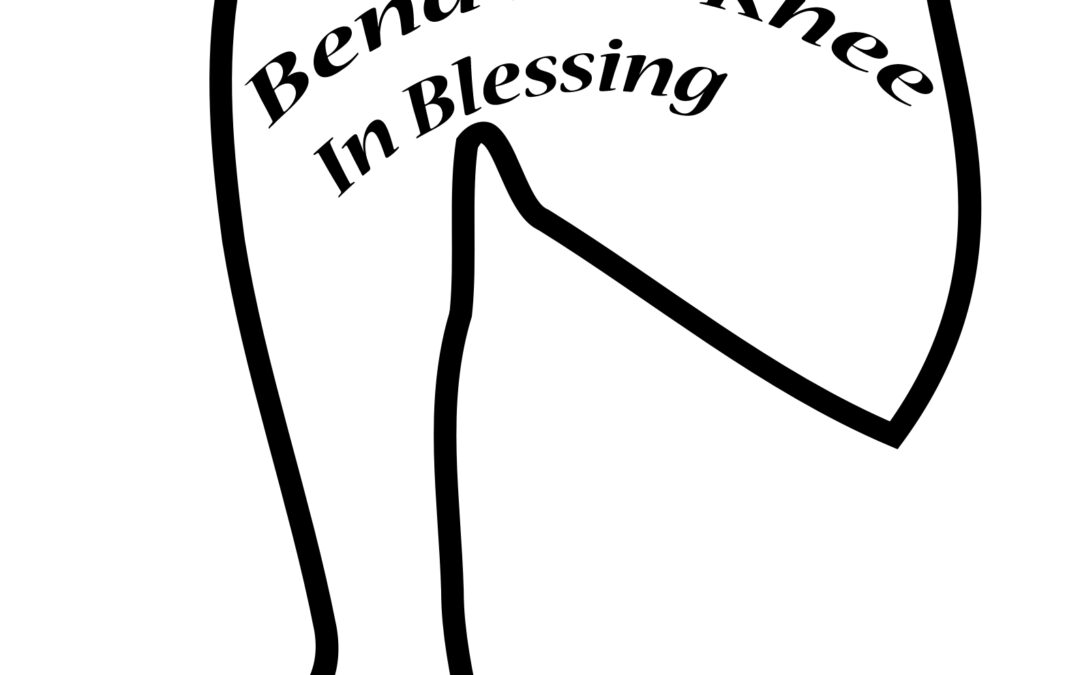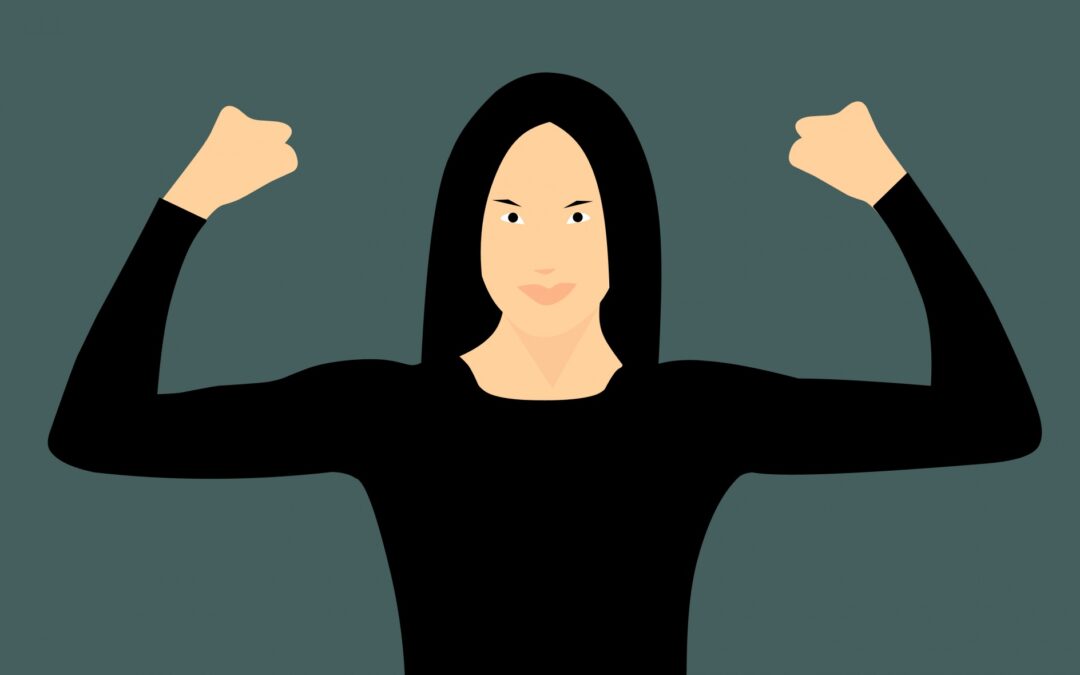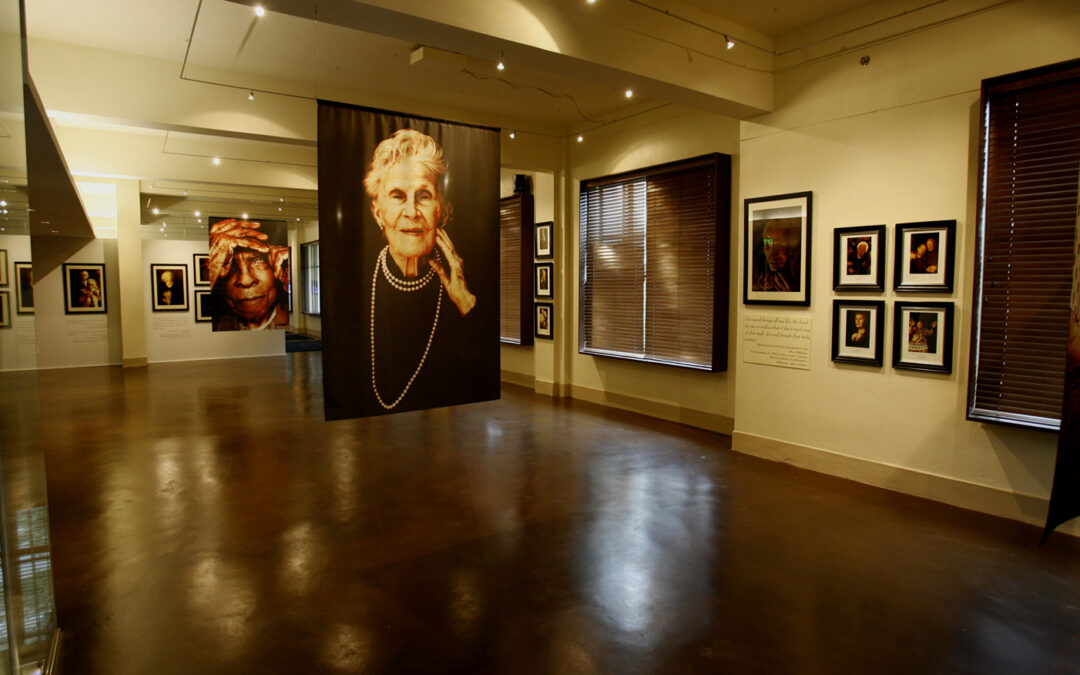
Photo from Distant Shores Media/Sweet Publishing [CC BY-SA 3.0 (http://creativecommons.org/licenses/by-sa/3.0)], via Wikimedia Commons
In this week’s Torah reading, Behaalot’kha, Moses’ siblings, Miriam and Aaron, are scolded by God, va tidabber Miriam v’Aharon b’Moseh al odot ha isha ha-cushite asher lakach, ki isha Cushite lakach– “And then Miriam and Aaron spoke with Moses regarding his Cushite wife, for he had married a Cushite.” While both receive a stern “talking-to,” only Miriam is punished by having her skin break out into a white powdery rash often referred to as leprosy. She was forced to remain outside the camp for seven days, and when she returned–healed–the Israelites marched on.
Because Miriam was punished, many of our Sages see her comment as racist–or at least politically incorrect–because the word “Cushite,” which refers to Ethiopian and darker skinned, was used to describe Moses’ wife. This reference to a “Cushite wife” brings up a problem with the text. Moses married Zipporah, the daughter of the Midianite priest Jethro; we’re never told that he married an Ethiopian woman, or anyone else for that matter! Rashi, quoting the Midrash, suggests that this is a reference to Zipporah herself, and her beauty, “all agreed to her beauty just as all agree to the blackness of an Ethiopian.” Rashi’s grandson, the Rashbam, quotes a different Midrash which says that “Moses ruled for 40 years as king over the land of Cush, took himself a woman as queen and never slept with her.” Miriam and Aaron weren’t aware that their union was never consummated, prompting the comment.
I’ll leave it to you to decide which commentary you prefer, but either way, there’s a suggestion that Moses wasn’t fulfilling his husbandly duties, and instead of the focus being on the fact that the woman in question was Cushite, perhaps it should be on the fact that Moses married her and had separated from or even divorced her so that he could be ritually pure any time God wanted to speak with him.
According to Michael Raucher, Asst. Professor at the University of Cincinnati and a JTS Fellow, Miriam (who was also a prophet) found out, perhaps from Zipporah, that Moses hadn’t been intimate with her in a long time, and Miriam was angry on her behalf. She spoke with Aaron about how to approach the subject with Moses in an attempt to restore marital harmony.
We don’t know what happened afterwards between Moses and Zipporah, but we can look at Miriam’s attempted intervention as a way of reminding Moses that he had obligations to others, not just to God. And I wonder, might Miriam have been punished by God for suggesting that Moses’ relationship with his wife sometimes needed to take priority over his relationship with God? That’s a discussion for next time!










0 Comments